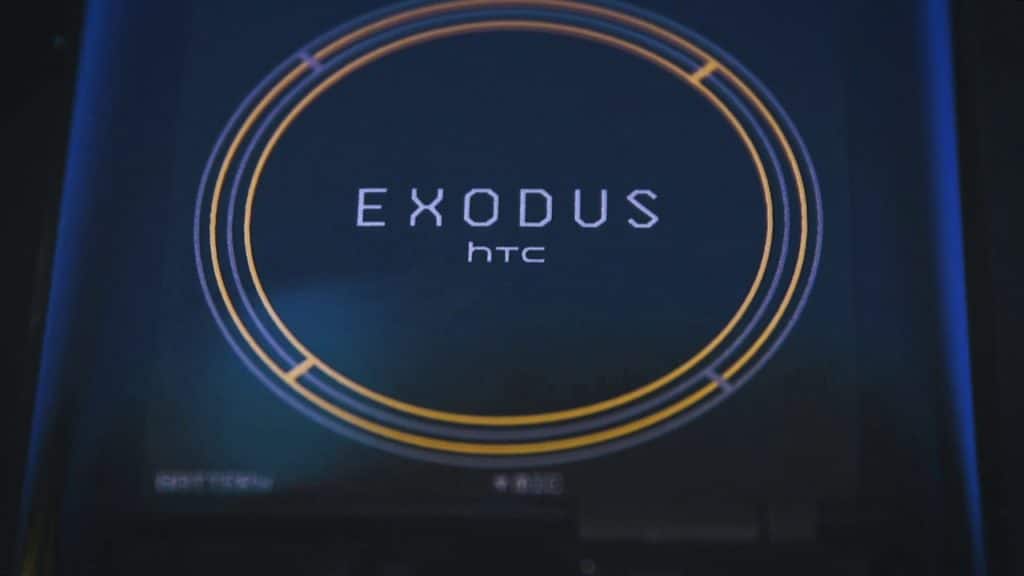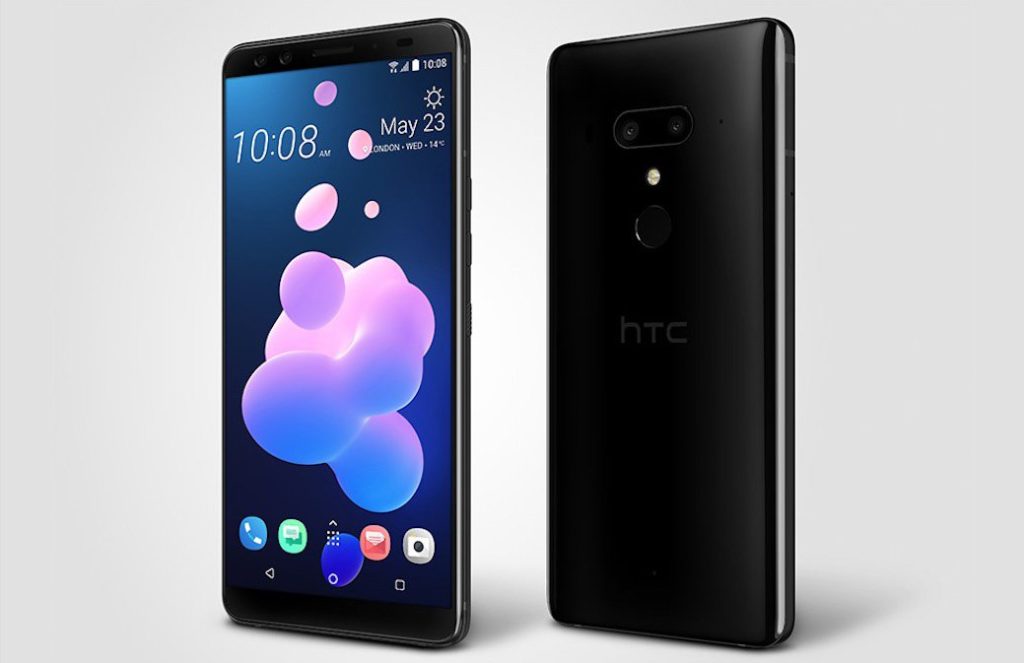
HTC just announced two new phones for the Asian market, the P and the Q. You’re not going to care about either of them, but here’s a brief summary for the sake of the story: The P has a dual core 1 GHz processor, 8 megapixel camera, and a 4.3 inch 800 x 480 pixel resolution screen. It’ll cost $365 in China. Not much is known about the Q, except that it’s going to cost roughly $235 and have a 4 inch display.
Now step back and think about what sort of devices are going to compete with these new HTC models. There’s Samsung’s Galaxy S II, which actually got refreshed this year as the Galaxy S II Plus. And then there are the countless numbers of devices from companies like Lenovo, Huawei, ZTE, and someone you likely never heard about, Coolpad.
How does HTC try to make their Android phones stand out? By hiring an army of engineers to make an Android skin called Sense UI. How do these other companies differentiate themselves? Huawei and ZTE have no problem sacrificing margins if it means increasing their market share. That’s one strategy. Lenovo has an incredible discturbition network thanks to their successful PC business, so they’re going to leverage that. And as for Samsung, you can’t walk more than one kilometer in any Asian city without seeing a massive ad for the newest Galaxy phone.
Where does that leave HTC? They have huge overhead costs, they can’t afford decent marketing, and they’re competing against Chinese players who know the market better than they do because they’re actually from China.








